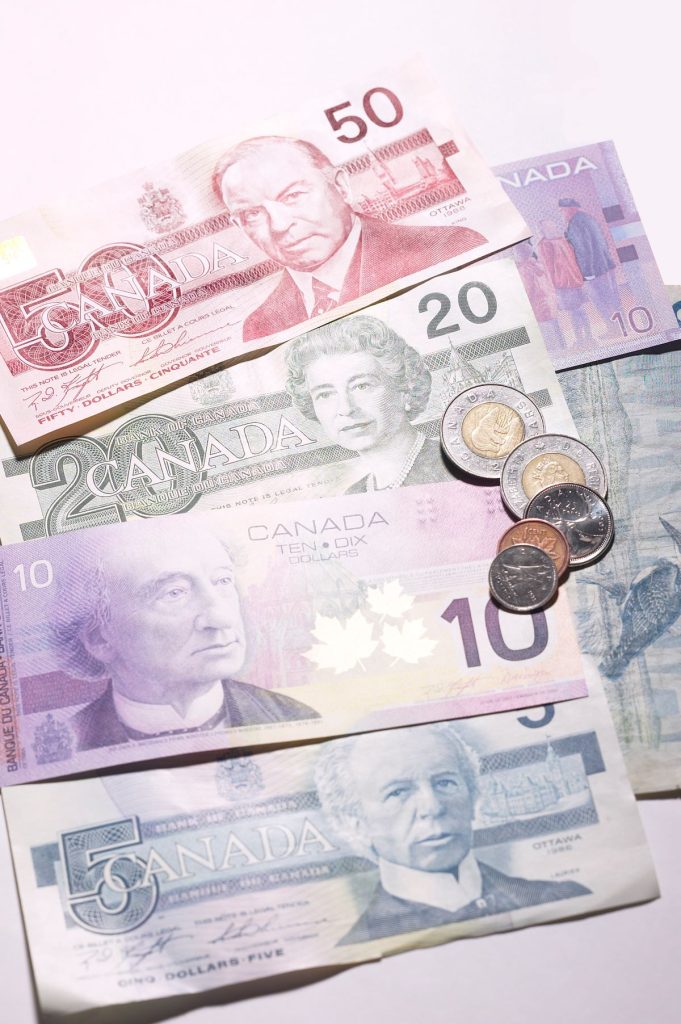Dare to be your own work of art
Here are some budget photography tips to help you get started while saving money on photography gear and accessories.
Affordable Photography Gear Substitutes
Investing in photography gear is inevitable, but not every piece of equipment needs to come from a high-end brand. There are plenty of affordable photography gear alternatives that will still get the job done without draining your bank account.
Here are a few ideas for cutting costs by using everyday items as stand-ins for professional gear.

Reflectors and Light Absorbers
Lighting is crucial in photography, but professional reflectors and light absorbers can be pricey.
Luckily, you can easily create your own versions for a fraction of the cost. One popular option is to use a reflective car sunshade, which you can find at most automotive or hardware stores. These sunshades are inexpensive and just as effective at bouncing light onto your subject as proper studio reflectors.
If you need a simple light absorber, black poster board works well to block and control light, while white poster board serves as a great DIY reflector. These materials are ideal for photographers working in both indoor and outdoor settings.
Average Cost: $1-$20CDN.
Weatherproofing Your Gear
Professional photographers often find themselves shooting in unpredictable weather, but weatherproofing gear can be expensive. You don’t have to splurge on fancy equipment to protect your camera and lenses from the elements. A creative and cost-effective solution involves using everyday household items.
To weatherproof your lens, consider using an unlubricated condom. Simply cut the tip off and slide it over your lens to keep water out. For the camera body, a produce bag from your local grocery store can act as a waterproof cover. Just cut a hole for the lens, and you’ve got an instant, budget-friendly rain protector.
Average Cost: Free-$10CDN.
Saving Money on Photography Accessories
Photography accessories like lens sunshades and backgrounds can also add to your overall expenses. With a little creativity, however, you can avoid purchasing pricey gear and still achieve professional results.
Lens Sunshades
If you’re shooting in bright sunlight and dealing with lens flare, a quick and affordable solution is to use a large disposable coffee cup. Cut out the bottom inside the ridge and slip it over your lens, creating an effective makeshift sunshade that reduces flare and enhances contrast.
Average Cost: The price of a cup of coffee.
Backgrounds
Professional studio photography backgrounds are often expensive, but plain fabric from department or fabric stores works just as well for a fraction of the cost. Whether you need solid colors or simple patterns, fabric can serve as an affordable alternative. For smaller photography projects, poster board is another cost-effective option that can easily be swapped in for more traditional studio backgrounds.
Average Cost: $1-$10CDN
Affordable Photography Gear for Lighting
Good lighting is key to producing high-quality images, but professional studio lights can be prohibitively expensive. Fortunately, hardware store work lights provide a budget-friendly alternative. These clip-on lights are adjustable and strong enough to handle most lighting setups, making them a great option for photographers on a budget.
To diffuse the harsh light from these work lights, you can create a DIY diffuser using wax paper or a shower curtain. This will help you achieve the soft, even lighting that’s critical for portraits and studio photography, without spending a fortune.
Average Cost: $15-$40CDN
DIY Macro Lens for Close-Up Shots
Macro photography allows you to capture incredible close-up details, but macro lenses can be quite expensive. If you already own a telephoto lens, you can easily improvise a DIY macro lens using a smaller lens. Set the aperture to fully open on your telephoto lens, and then tape a smaller lens (backwards) onto the telephoto lens. This setup creates a functional macro lens for capturing extreme close-ups.
If you prefer a more durable option, a macro adapter ring is another budget-friendly solution. It allows you to attach a smaller lens backward to your camera, offering a similar effect to a dedicated macro lens at a fraction of the cost.
Average Cost: $2-$40CDN
Saving Money on Photography While Growing Your Skills
Photography is an investment, whether it’s a career or a hobby. However, by following these budget photography tips, you can save money on photography gear without sacrificing quality. Many of these DIY alternatives allow you to get creative with everyday materials while achieving professional results. As you progress in your photography journey, you’ll be able to invest in higher-end equipment, but in the meantime, these budget photography tips will keep your work on track.
For photographers just starting out, saving money on gear is essential. By improvising affordable photography gear, you not only reduce your expenses but also gain valuable experience in problem-solving and adaptability—two crucial skills for any professional photographer.
So before you rush to buy the latest gear, try these and other cost-effective solutions to meet your needs and grow your portfolio without breaking the bank.
Not a professional photographer, but thinking about getting some photos done? Contact us to set up a consultation.